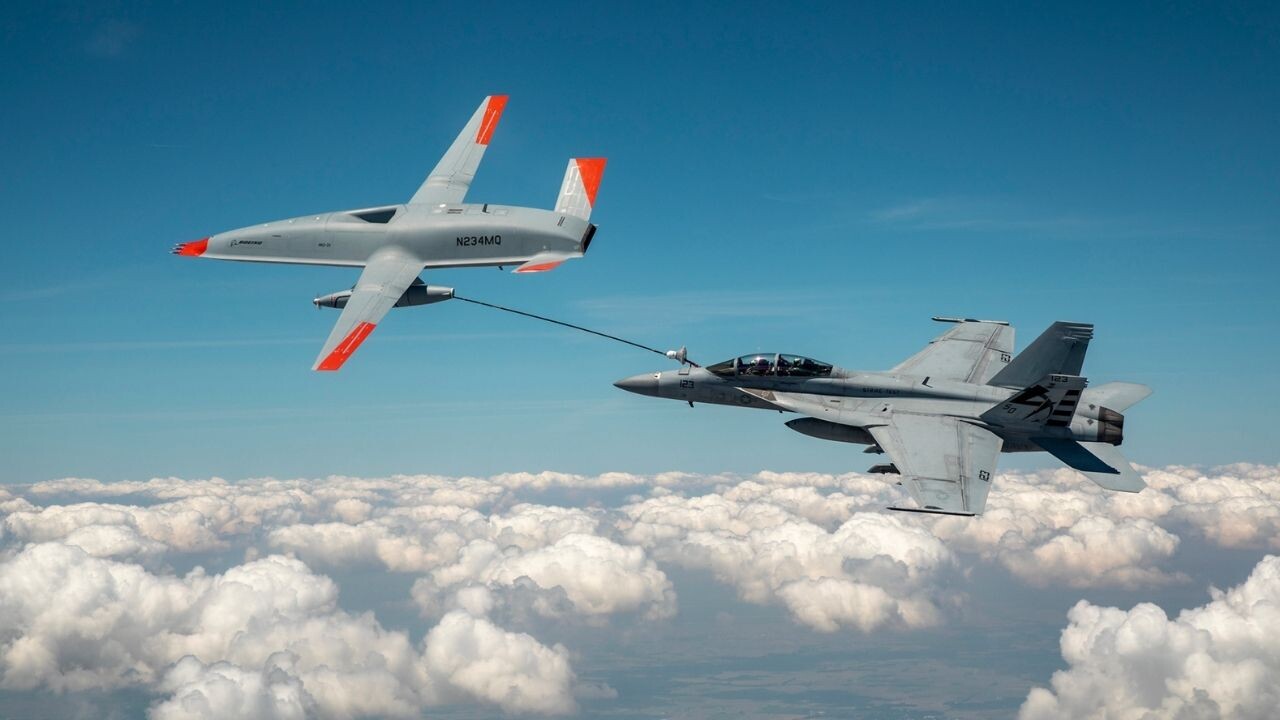All Articles for
Darpa
The Defense Advanced Research Projects Agency (DARPA) is an agency of the U.S. Department of Defense responsible for the development of emerging technologies for use by the military. DARPA has been responsible for funding the development of many technologies which have had a major effect on the world, including computer networking, as well as NLS, which was both the first hypertext system, and an important precursor to the contemporary ubiquitous graphical user interface. DARPA began as the Advanced Research Projects Agency (ARPA) created in 1958 by President Dwight D. Eisenhower for the purpose of forming and executing research and development projects to expand the frontiers of technology and science and able to reach far beyond immediate military requirements. The administration was responding to the Soviet launching of Sputnik 1 in 1957, and DARPA's mission was to ensure U.S. military technology be more sophisticated than that of the nation's potential enemies. From DARPA's own introduction: DARPA’s original mission, established in 1958, was to prevent technological surprise like the launch of Sputnik, which signaled that the Soviets had beaten the U.S. into space. The mission statement has evolved over time. Today, DARPA’s mission is still to prevent technological surprise to the US, but also to create technological surprise for our enemies. ARPA was renamed to "DARPA" (for Defense) in March 1972, then renamed "ARPA" in February 1993, and then renamed "DARPA" again in March 1996. DARPA is independent from other more conventional military research and development and reports directly to senior Department of Defense management. DARPA has around 240 personnel (13 in management, close to 140 technical) directly managing a $3 billion budget. These figures are "on average" since DARPA focuses on short-term (two to four year) projects run by small, purpose-built teams.




